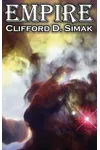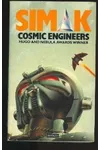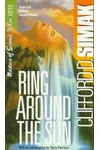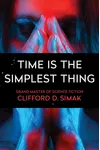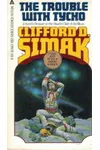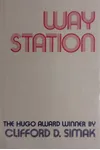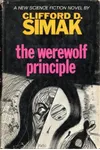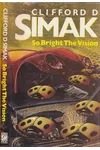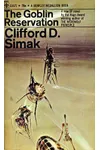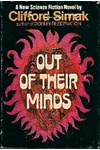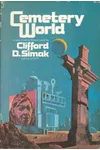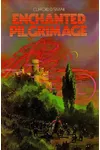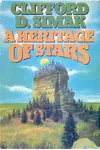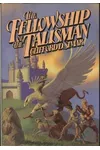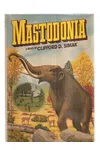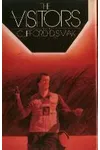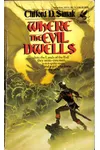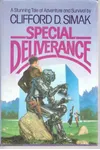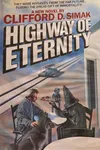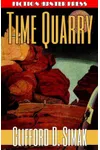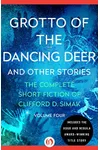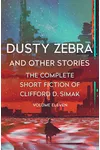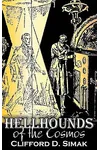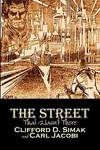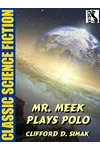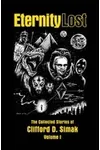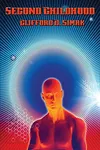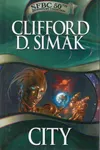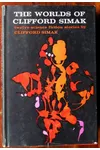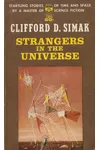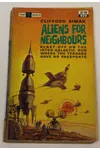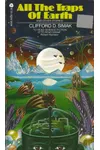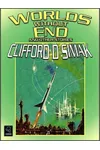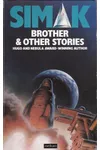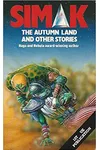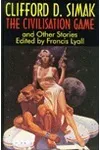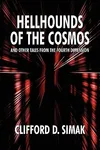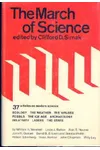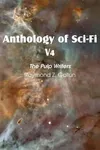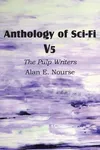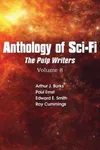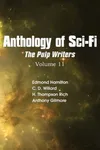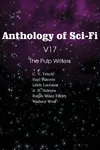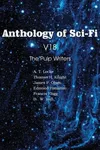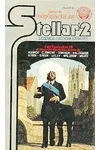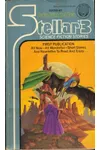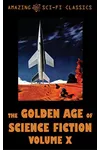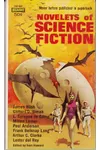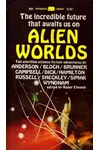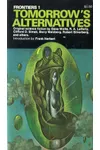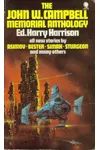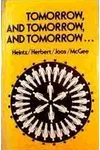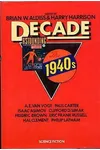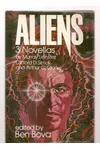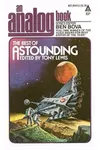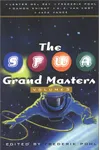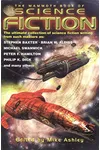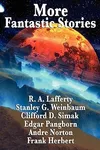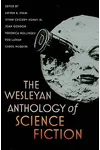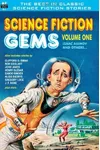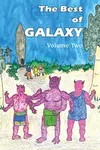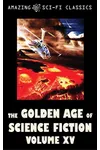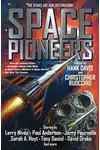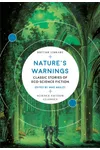Picture a Wisconsin farm boy who spun tales of distant galaxies and talking dogs—meet Clifford D. Simak! Born in 1904, this science fiction trailblazer wove rural charm into cosmic adventures, earning Hugo Awards and the prestigious Grand Master title. His gentle, pastoral stories, like the beloved Way Station, redefined the genre with heart and wonder.
Simak’s knack for blending the ordinary with the extraordinary made him a standout in science fiction’s Golden Age. From his Hugo-winning novel to short stories that danced between whimsy and terror, his work invites readers to ponder humanity’s place in the universe. Let’s dive into the life and legacy of this remarkable storyteller!
The Making of Clifford D. Simak
Clifford Donald Simak was born on August 3, 1904, in Millville, Wisconsin, to a farming family. His rural roots deeply influenced his writing, grounding even his wildest tales in the simplicity of small-town life. After studying journalism at the University of Wisconsin, Simak taught school briefly before diving into the newspaper world. By 1939, he joined the Minneapolis Star and Tribune, rising to news editor while penning stories on the side.
Inspired by H.G. Wells, Simak began writing science fiction in the 1930s, with his first story, 'The World of the Red Sun,' appearing in Wonder Stories in 1931. His early work caught the eye of editors like John W. Campbell, and soon Simak was a regular in Astounding Science Fiction, balancing his day job with a blossoming literary career.
Clifford D. Simak’s Unforgettable Stories
Simak’s stories are a unique blend of pastoral settings and speculative ideas, often exploring themes of compassion, identity, and humanity’s cosmic role. His 1963 novel Way Station, a Hugo Award winner, follows a Civil War veteran secretly managing an interstellar rest stop. It’s a quiet, introspective tale of loneliness and connection that showcases Simak’s emotional depth.
City (1952), another masterpiece, won the International Fantasy Award. This novel, told through the eyes of intelligent dogs, imagines a future where humans fade away, leaving Earth to their canine successors. Its episodic structure and poignant commentary on progress struck a chord after World War II. Simak’s short stories, like 'The Big Front Yard' (1959 Hugo winner) and 'Grotto of the Dancing Deer' (1981 Hugo and Nebula winner), range from whimsical to haunting, often set in rural landscapes where aliens or robots shake up everyday life.
His style—gentle, contemplative, and humanistic—set him apart from the era’s flashier space operas. Whether crafting a tale of time travel in Time and Again or exploring alien encounters in The Goblin Reservation, Simak’s stories invite readers to think deeply while feeling at home.
Why Clifford D. Simak Matters
Simak’s influence on science fiction is profound, blending rural simplicity with cosmic scope in a way that felt fresh and authentic. His pastoral approach softened the genre’s hard edges, making it accessible and emotionally resonant. As a Grand Master of the Science Fiction Writers of America (1977) and a Bram Stoker Lifetime Achievement Award winner (1988), he inspired writers like Isaac Asimov and Robert A. Heinlein.
His work remains relevant, offering timeless reflections on humanity, technology, and empathy. Simak’s stories remind us that even in a vast universe, the smallest acts of kindness matter. His legacy lives on in every reader who finds wonder in the ordinary.
- Born: August 3, 1904, Millville, Wisconsin
- Key Works: Way Station, City, The Big Front Yard, Grotto of the Dancing Deer
- Awards: 3 Hugo Awards, 1 Nebula Award, SFWA Grand Master (1977)
- Died: April 25, 1988, Minneapolis, Minnesota
Ready to explore alien worlds from the comfort of a cozy farmhouse? Grab Way Station or City and dive into Clifford D. Simak’s heartfelt science fiction today!
